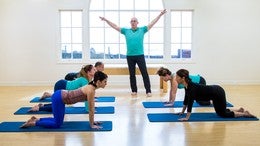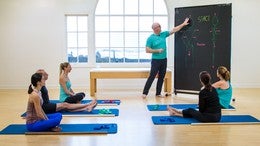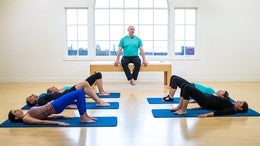Premium Continuing Education workshop
You can view a 2 minute preview. For details, scroll down below the video.
Description
Objectives Through alignment, load, and tempo, participants will be able to:
- Increase efficiency of movement
- Improve the spontaneous ability to participate in life fully
- Increase the ease in movement
- Understand the appropriate amounts of energy necessary to move successfully
About This Video
Continuing Education Credits
If you complete this workshop, you will earn:
3.0 credits from Pilates Association Australia (PAA)
The Pilates Association Australia (PAA) is an independent and not-for-profit organization established by the Pilates industry as a regulatory body for control of quality instruction, member support, and integrity within all legitimate approaches to the Pilates Method.
3.0 credits from National Pilates Certification Program (NPCP)
The National Pilates Certification Program is accredited by the National Commission for Certifying Agencies (NCCA)
Comments
You need to be a subscriber to post a comment.
Please Log In or Create an Account to start your free trial.
















